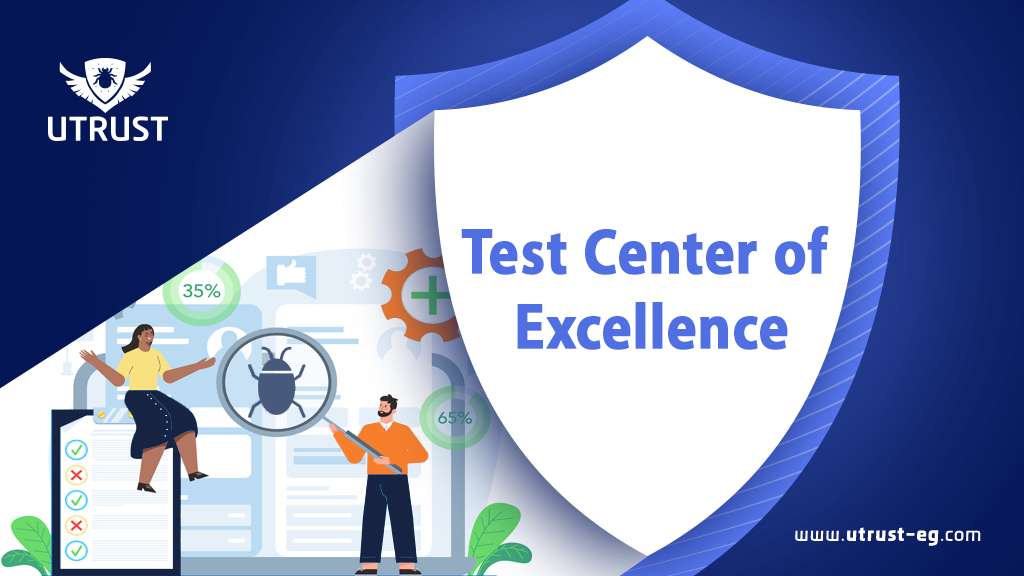Elevating Software Quality: Establishing a Test Center of Excellence (TCoE)
In today’s tech-driven world, delivering top-notch software is vital. Many organizations establish Test Centers of Excellence (TCoEs) to ensure quality consistently. A TCoE serves as a centralized unit focusing on implementing best practices, standardized processes, and advanced methodologies to enhance software testing and quality assurance efforts. Here, we delve into key steps to set up a Test Center of Excellence within your organization to elevate software product quality.
Defining Objectives and Scope
Initiate by defining the aims and scope of your TCoE. Clearly articulate your goals: enhancing quality, reducing defects, boosting testing efficiency, and fostering collaboration across teams. Determine the TCoE’s scope—whether it covers specific projects, departments, or the entire organization.
Identifying Key Stakeholders
Recognize the essential stakeholders involved in establishing and managing the TCoE, including senior management, development and testing teams, project managers, and relevant departments. Collaboration and buy-in from stakeholders are critical for TCoE success.
Developing a Governance Model
Establish a governance model outlining the structure, roles, and responsibilities within the TCoE. Define leadership roles like a TCoE manager or director to oversee operations and strategic direction. Allocate responsibilities for effective decision-making, resource allocation, and communication channels.
Building a Skilled Team
Assemble a team of proficient professionals responsible for executing testing and quality assurance activities within the TCoE. Recruit experts in various testing domains and provide ongoing training for skill enhancement and keeping abreast of industry trends.
Establishing Standardized Processes and Best Practices
Define standardized testing processes and best practices to be followed organization-wide. This includes test planning, design, execution, defect management, and reporting. Implement recognized frameworks like ISTQB for consistency and quality.
Implementing Tools and Technologies
Identify and deploy suitable testing tools aligned with TCoE objectives. Evaluate tools based on compatibility, ease of integration, scalability, and cost-effectiveness.
Fostering Collaboration and Knowledge Sharing
Encourage a culture of collaboration and knowledge sharing within the TCoE. Facilitate cross-functional teamwork, regular meetings, workshops, and training sessions for continuous learning and innovation.
Measuring and Monitoring Performance
Define key performance indicators to gauge TCoE effectiveness. Monitor metrics like defect density, test coverage, and customer satisfaction to identify areas for improvement.
Benefits of Test Centers of Excellence (TCoEs)
TCoEs offer various advantages, including standardization, cost efficiency, enhanced quality, increased efficiency, collaboration, risk mitigation, improved decision-making, scalability, customer satisfaction, and competitive advantage.
Outsourcing TCoEs
Organizations can outsource TCoEs to testing providers for benefits such as expertise access, cost savings, focus on core competencies, faster implementation, advanced tools, scalability, quality assurance, and risk mitigation.
Conclusion
Establishing a TCoE is a strategic move that significantly improves software quality. By setting clear objectives, involving stakeholders, implementing processes, fostering collaboration, and measuring performance, you can cultivate testing excellence. When outsourcing, choose a reputable provider for successful partnerships and desired outcomes.
Comments are closed.





